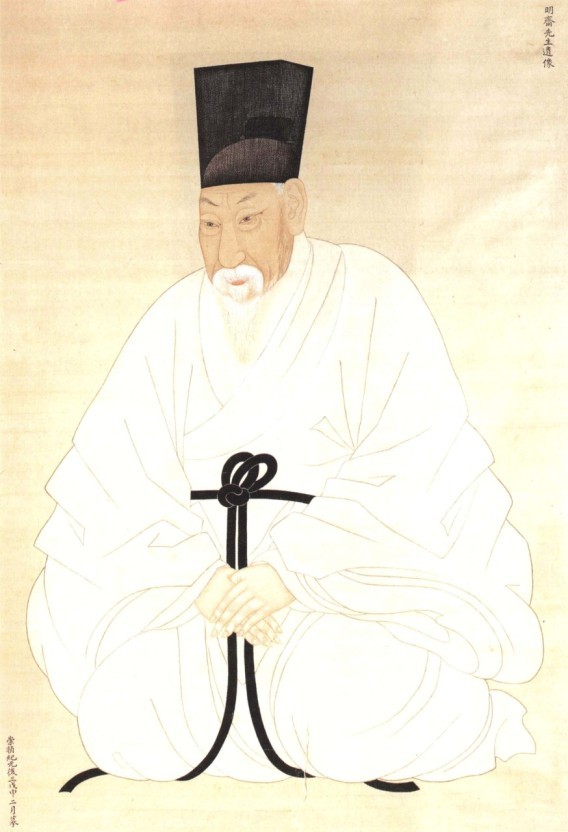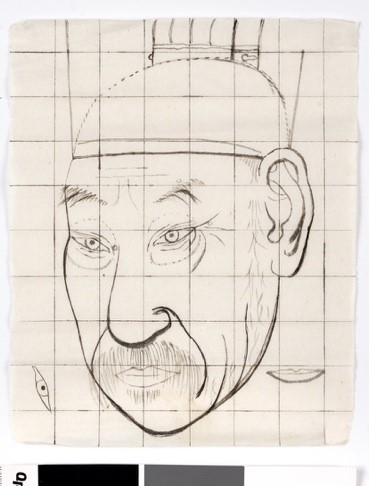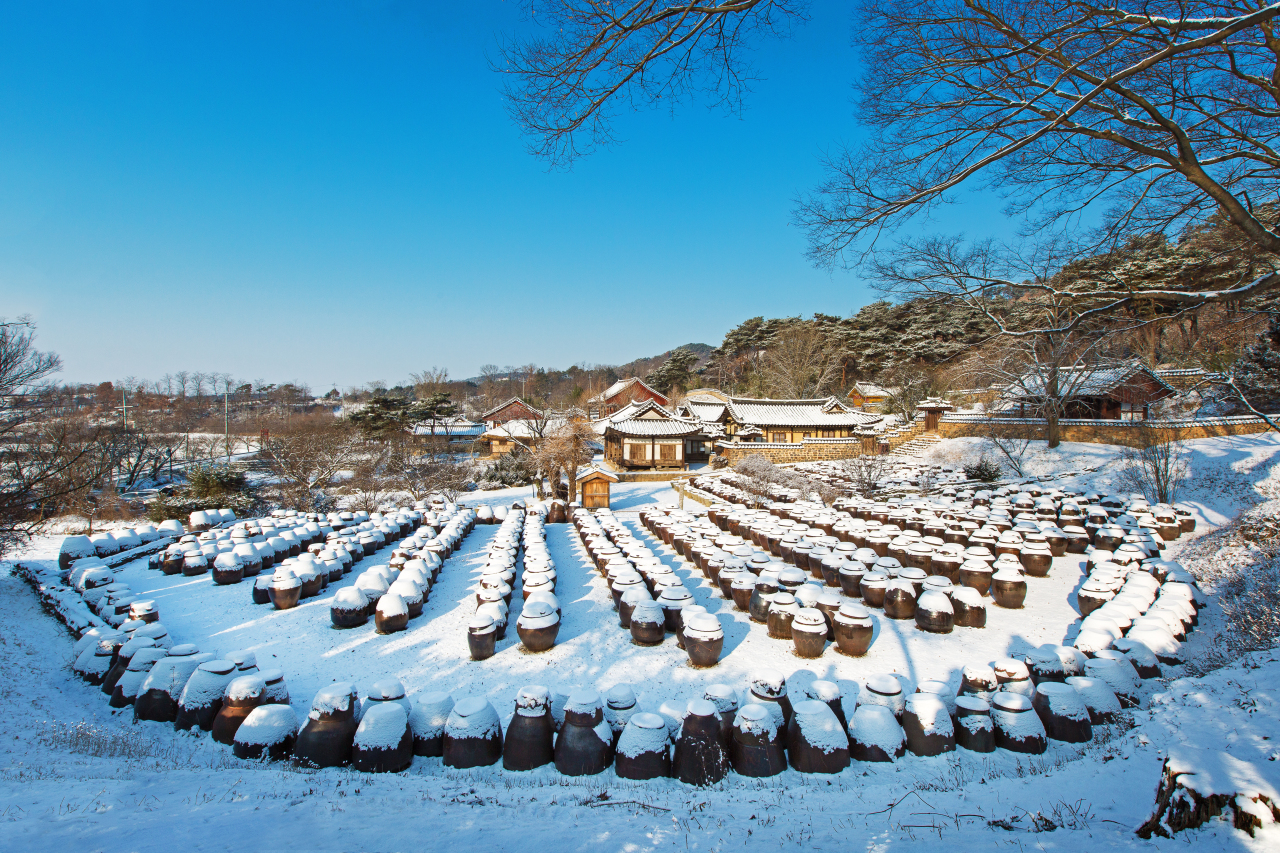[Scholars and their spaces] Living a life of virtue, one is never alone
By Korea HeraldPublished : June 25, 2022 - 10:01

Yun Jeung (1629-1714) was a representative “sarim,” a scholar who was highly educated and virtuous but who lived in seclusion without a government post. He is considered the head of “Soron,” a minor group in the “Seo-in” political faction in the late Joseon Dynasty.
Until his death at the age of 86, he never held a government office. King Sukjong conferred him the post of prime minister without ever having seen Yun and Yun declined the appointment.
He lived in a rural area and distanced himself from the authorities while focusing on his studies. This is the reason his followers called him “Baekeui Jeongseung.”
Yun did not want to have his portrait done in his lifetime, but five full-length portraits and eight sketches remain today. They were created by a royal court artist who disguised himself as a scholar and succeeded in painting Yun secretly at the request of his descendants and disciples in 1711. In a similar vein, Yun left a frugal ritual culture for his descendants, insisting not to prepare labor-intensive dishes or fancy foods for the ancestral rites. He always said, “It’s not the formality, it’s the thought that counts.”
Until his death at the age of 86, he never held a government office. King Sukjong conferred him the post of prime minister without ever having seen Yun and Yun declined the appointment.
He lived in a rural area and distanced himself from the authorities while focusing on his studies. This is the reason his followers called him “Baekeui Jeongseung.”
Yun did not want to have his portrait done in his lifetime, but five full-length portraits and eight sketches remain today. They were created by a royal court artist who disguised himself as a scholar and succeeded in painting Yun secretly at the request of his descendants and disciples in 1711. In a similar vein, Yun left a frugal ritual culture for his descendants, insisting not to prepare labor-intensive dishes or fancy foods for the ancestral rites. He always said, “It’s not the formality, it’s the thought that counts.”

In 1709, Yun’s disciples built the Myeongjae House, named after Yun’s pen name, in Noseong-myeon, Nonsan-si, South Chungcheong Province, for their teacher, who had been living in a humble thatched house his whole life. Today, it is listed as Important Folklore Material No. 190.
This house does not have high walls, except for those that isolate the women’s quarters. Ponds and trees of crape myrtle replaced high walls. The house seems to symbolize Yun’s humility and respect for nature, but it is said that he did not allow himself to live in the big house and lived in a small thatched house next to it.
In addition, members of the Papyeong Yun clan were famous for their efforts to help villagers when they suffered from hunger and other difficulties during times of famine and natural disasters. They distributed crops to their neighbors and the poor using a family-controlled relief system known as “Euichang.” In this way, families, not the government, tried to fulfill their social responsibilities through the poverty relief system that operated privately for 200 years.
This house does not have high walls, except for those that isolate the women’s quarters. Ponds and trees of crape myrtle replaced high walls. The house seems to symbolize Yun’s humility and respect for nature, but it is said that he did not allow himself to live in the big house and lived in a small thatched house next to it.
In addition, members of the Papyeong Yun clan were famous for their efforts to help villagers when they suffered from hunger and other difficulties during times of famine and natural disasters. They distributed crops to their neighbors and the poor using a family-controlled relief system known as “Euichang.” In this way, families, not the government, tried to fulfill their social responsibilities through the poverty relief system that operated privately for 200 years.

This accounts for the villagers protecting the Myeongjae House at times of upheaval like the Donghak Peasant Revolution (1894) and the Korean war (1950). When the house, which was used as a headquarters of the North Korean Army during the Korean war, was designated as a target of bombing, Lt. Col. Park Hee-Dong from the region fiercely opposed it and persuaded US soldiers to stop the impending bombing. Although he had not benefited directly from the Yun family, he knew that they had won the hearts of the villagers by doing a lot of work based on noblesse oblige for generations. The villagers paid them back by saving the Myeongjae House from destruction for a long time. It was a shining moment for the great scholar’s legacy, “Leave behind the spirit, not the material.”
By Park Jeong-eon (histopia78@gmail.com)
Park Jeong-eon is a senior researcher at Chungnam Institute of History and Culture. -- Ed.
By Park Jeong-eon (histopia78@gmail.com)
Park Jeong-eon is a senior researcher at Chungnam Institute of History and Culture. -- Ed.
-
Articles by Korea Herald








![[Graphic News] More Koreans say they plan long-distance trips this year](http://res.heraldm.com/phpwas/restmb_idxmake.php?idx=644&simg=/content/image/2024/04/17/20240417050828_0.gif&u=)
![[KH Explains] Hyundai's full hybrid edge to pay off amid slow transition to pure EVs](http://res.heraldm.com/phpwas/restmb_idxmake.php?idx=644&simg=/content/image/2024/04/18/20240418050645_0.jpg&u=20240419100350)






![[From the Scene] Monks, Buddhists hail return of remains of Buddhas](http://res.heraldm.com/phpwas/restmb_idxmake.php?idx=652&simg=/content/image/2024/04/19/20240419050617_0.jpg&u=20240419175937)

![[KH Explains] Hyundai's full hybrid edge to pay off amid slow transition to pure EVs](http://res.heraldm.com/phpwas/restmb_idxmake.php?idx=652&simg=/content/image/2024/04/18/20240418050645_0.jpg&u=20240419100350)

![[Today’s K-pop] Illit drops debut single remix](http://res.heraldm.com/phpwas/restmb_idxmake.php?idx=642&simg=/content/image/2024/04/19/20240419050612_0.jpg&u=)